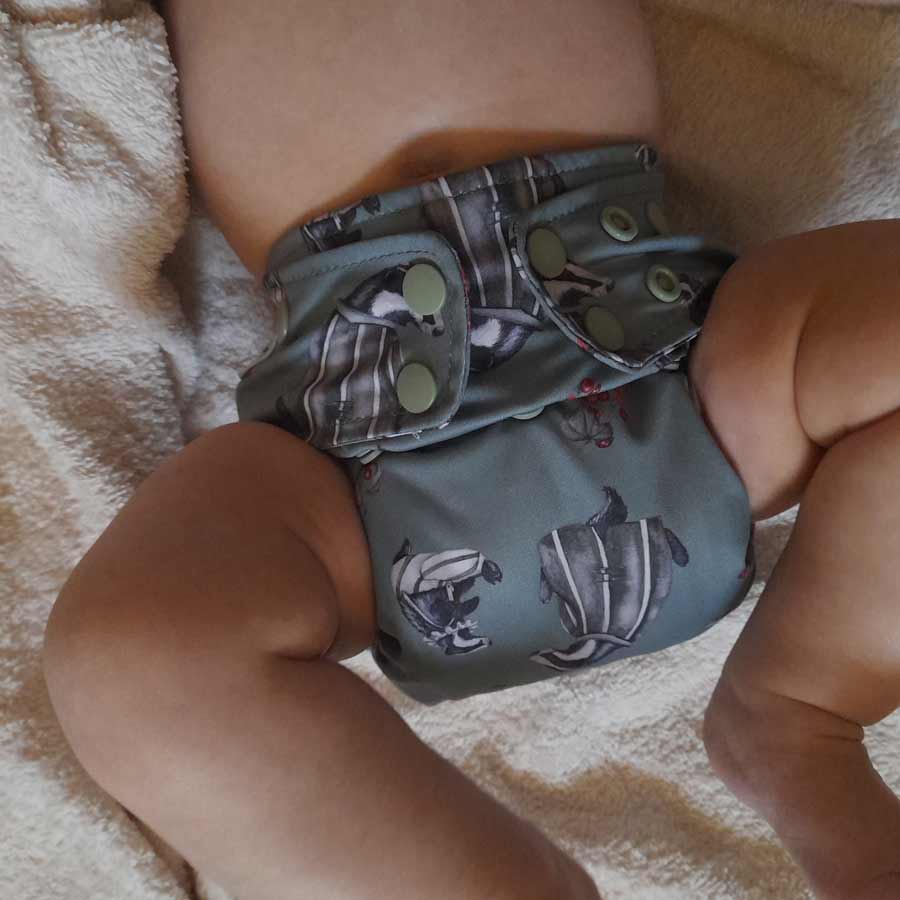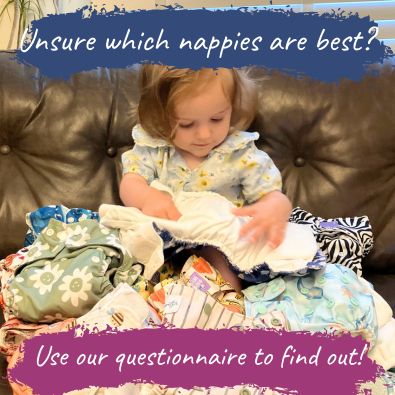Advantages of Cloth Nappies

If you thought I was going to start off by mentioning the environmental cost of disposables, you thought wrong. Not that this is not important (quite the opposite, as you will see), but, in my opinion, no-one should ever choose cloth nappies because they have been 'frightened off' disposables. You should choose them for positive reasons – and there are plenty of them, as I'll explain.
Reliability
See how much the world has changed, in this quote from Penelope Leach's 1977 classic book Baby & Child (p86): "You could use washable nappies at night, for maximum comfort and absorption, keeping disposables for use in the daytime when the baby can be frequently changed".
One thing that shocks me is how many babies in disposables suffer explosive poo – often right up to the back of the neck – and how many parents simply accept that this is what happens with nappies. Please be assured that with the right cloth nappy, your child’s poo is contained where it should be: in the nappy. Nothing beats a good cloth nappy for containment, because they are a snugger fit than disposables and - if using a two part system - have both the nappy and then the wrap as separate points to stop any escape.
In my opinion, a good cloth nappy is at least, if not more, reliable as a disposable against both leaks and explosive poo. I sometimes hear from people who think they couldn't move to cloth nappies because they don't want 'even more washing'. When I talk to them some more, I find that most of that washing is caused by leaks from the disposables they are currently using - in my experience, lots of people actually find that their total washing load goes significantly down when they switch to cloth!
Below are links to some of our nappies that offer the highest level of containment:
Financial
Cost is notoriously difficult to quantify, and to be quite honest once a child is past 8 months or so (see below) it is hard to argue for cloth on the basis of financial savings alone, especially now that disposable manufacturers are in a price war to bring down the cost of their product.
Main factors affecting overall cost of disposables:
-
Brand of nappy used - the difference between premium ranges of premium brands and the cheapest ones around is substantial, especially totted up over 2.5 years.
-
Packaging size - price per box is much cheaper than price per pack, but this will depend on whether you have space to carry/store them!
-
A child’s bowel habits - frequent poos mean (hopefully!) frequent nappy changes.
Main factors affecting overall cost of cloth nappies:
-
Type of nappy bought - there is a huge difference in cost between terry squares and the most premium brand all in ones.
-
Quantity of nappies bought - the fewer washes per week you want to do, the more nappies and wraps you will need to buy.
-
Laundering - the more frequent and the hotter your washes, the more expensive the laundering costs will be, especially if on a water meter. Regular tumble drying is the single biggest item which pushes up the cost, both financially and environmentally. Whether you use reusable or disposable liners can make £100 difference in the overall cost over 5,500 nappies.
You will see that you have a great deal more control over the cost of cloth nappies than you do over disposables, simply by adjusting the way you do things. This is why, when we price up a recommendation in one of our advice letters, we ask you to let us know if it does not meet your planned budget. If it is too expensive, that cost can be trimmed in any one of a variety of ways.
Read the article we wrote for BBC Podcast better than sliced bread for the most recent 2023 cost analysis.
Pre - 2023 cost analysis
If we assume an average of 6 nappies per 24 hours and 2.5 years to toilet training, that equates to approximately 5,500 nappy changes. Don’t look at the price per pack in the supermarket, as each larger size may cost the same but contains fewer nappies - instead, look at the price per disposable, which is usually shown on the ticket at larger supermarkets. At the time of writing this, the cost per main brand nappy is around 15p.
So, in very simplified terms, the maths works out at around £820 (6 x 2.5 x 365 x .15). Some children will use fewer nappies in this period, some will use many more. The cost of a cloth nappy system varies hugely, for the reasons indicated above. As a very rough rule of thumb, you can be talking anywhere between £150 for a set of terries and decent wraps, or £450 plus for a full collection of all in ones from a premium brand. Annual laundering costs might range from almost nothing (if washing 3 times a week at 60, with no tumble drying) to around £50. The Women’s Environmental Network and Real Nappy Association quote £33 per year as an average.
From birth, as you can see, there can be large savings to be made. However, nappy changes are not spread evenly over a child’s early years. You will do far more in the early months (maybe up to 10 a day in the first few weeks), and far fewer as time goes on - I am tempted to say "especially if using disposables - once the cost starts to hit home"!
For instance, if we assume those nappy changes are spread as follows: 8 a day until 8 months, then only 4 a day to 2.5 years, the total becomes 'only' 4,600 nappies, costing nearly £700 using the figure above - but about £300 of it is in the first 8 months alone. Before you compare that with the costs of cloth nappies I have already given, bear in mind that these too would be lower if starting at 8 months or so, because a child may be straight into a large size nappy and wrap, which might halve the figures I have given.
So, the earlier you start with cloth nappies, the more you will save. Equally, the more children you have, the more you will save, because you will be reusing nappies and wraps you have already bought – unlike disposables, where every penny you spend is money down the drain when the nappy comes off.
The nappies I used for my first son were effectively paid off (if considered paid for at the same rate as for disposables, although in fact I bought them upfront) when he was around 6 months old. Since then, most of his monthly child benefit went straight into the bank as savings for the future. When my second child came, I spent about £60 more to top up, as I had a year where both were in nappies. In January 2002 I had new fronts on my kitchen units and new appliances, and I reckon my not using disposables will have paid for this. After son number 2 came out of nappies, I sold all my nappies and wraps and recouped around about £100 on what I had initially paid, meaning that the cost of putting my second child into cloth nappies was a negative (ie. a saving!) of £40 or so.
Having said all that, I do know of plenty of cloth nappy users who become avid print collectors, always having to try out the latest nappy when it comes on the market. Whilst there is nothing wrong with having a hobby (if you can call it that!), this kind of thing does tend to reduce the financial advantages of switching to cloth nappies! Get the right nappy in the first place, is my advice, and close your ears to the siren calls of anything else!
Below are links to some of best value kits:
Health
Were you aware that real nappies are better for your child’s health than disposables? There are a number of reasons why this is so, some proved and some contentious theory (no prizes for guessing who disputes them!).
There has been increasing concern about chemicals in disposable nappies. France's Anses agency tested best selling brands of disposables and found 38 "very severe hazard" chemicals [1] in nappies sold throughout Europe [2]. Most of the chemicals disrupt hormones, the officials say [3], a property that means they have no safe exposure level. Anses followed up by testing 9 brands in 2020 and found only one of the chemicals still present, formaldehyde, a carcinogen. But contamination could return. The agency has asked the EU to strictly limit the chemicals in nappies but that proposal is being resisted by EU institutions.
When you start to breastfeed your child, one of the signs that your milk has come in OK is your baby’s production of wet nappies. Wet (inside the waterproofing, of course!) is good. Many women have a difficult start to breastfeeding, and worry that their child is not getting enough milk. If you use cloth nappies, their wetness will reassure you, or their dryness will alert you to the fact that something is going wrong. You have no clues on this front with a baby in disposables, and for a first time mum in the early days, that can be very worrying.
Similarly, when your child is unwell, an early indication of this is often a reduction in wee production, sometimes even before other symptoms. Again, with cloth nappies, you will be very attuned to what is normal for your child, and what is not.
Poo is not a particularly welcome topic in most modern households – we seem to pretend it does not exist, by wrapping it up and sticking it in the bin as soon as possible. However, when you use cloth nappies, whether you use disposable or washable liners, you will tend to notice any changes in the consistency and colour of your child’s poo. This is a Good Thing, as again it can give a good indication of the state of your child’s stomach. And nature programmes women to deal with anything nasty emanating from their child without qualms, which is a useful thing.
I have a separate article on the subject of nappy rash, but it is worth mentioning here that university research has shown that the type of nappy used has no effect on the incidence of serious nappy rash, despite what the adverts say!
Some cloth nappies, particularly the traditional terries, provide an additional form of protection when your toddler learns to walk. Some paediatric specialists in the USA believe that the increase in hip dysplasia (hip dysplasia) and other spinal injuries is related to the lack of padding and support provided by disposables – which is getting worse and worse, as they get ever slimmer in design, and fuller in chemicals. Bear in mind that most toddlers will fall repeatedly on their bottom as they learn to walk, and the extra padding provided by cloth nappies can soften the blow considerably.
In Europe, the use of additional padding is accepted practice in paediatric hospitals as a method for managing hip displacement in newborns. According to J A Wilkinson (Proc R Soc Med 1975 Aug;68(8):476-9), “[For] those babies in whom the capsule of the hip-joint is mechanically stretched: Spontaneous reduction and recovery is high in this group, if the babies are nursed in the prone posture with double nappies.” Of course, in much of Europe these days, that additional padding is now disposable, but cloth nappies by their nature provide similar benefits from the start for all children.
There are other health advantages of real nappies, but these are largely the absence of the health disadvantages of disposables, and so are considered in more detail in that section.
Comfort
Anecdotal evidence only, but children who wear both cloth nappies and disposables, and who are old enough to express an opinion, often prefer to wear cloth. This makes a lot of sense, when you consider how scratchy it must be to wear what feels like paper next to your skin. I have heard of more than one 'paper cut' from a disposable nappy cuff.
Also, the very fact that one of the major disposables manufacturers has gone to the trouble of adding lotion to the elastication, makes you wonder how uncomfortable they must have felt before. Next time you think about buying some underwear for yourself, consider the choice between disposable paper pants and cotton ones – not a hard decision to make, is it? And what about the 'sensitive' range of nappies produced by one of the major disposable manufacturers, for all those children who react to the dyes, perfumes or absorbency chemicals in their normal ones. Its very existence speaks volumes about the claims for protection against nappy rash that disposables supposedly offer.
While we’re on the subject, take a look at how many parents with children in disposables routinely spend a fortune on creams and lotions to protect their bottoms. If cream is needed every nappy change, there is an ongoing problem that needs to be sorted out - which can’t be comfortable for the child. Most parents with children in cloth have no need of cream etc at all, except maybe at trigger periods such as during teething.
You could also think about your own home comforts – with cloth nappies, the poo goes straight down the toilet, so no bins full of smelly poo waiting around until dustbin day. Any remaining smell is contained within a lidded nappy bucket, which is emptied daily or so. The myth about smelly nappy buckets is exactly that – with the lid on, no smell comes out at all.
Below are links to some of our softest nappies:
Toilet Training
I can't promise you that your child will train early if they are put in cloth nappies – some children in cloth train late, and others in disposables train early, which complicates easy statistics. It all depends on how anxious they are to be out of 'baby' things – having a younger sibling is a great incentive, and being fastidious (more likely with girls than boys) also helps. However, you will usually find that when they do come out of nappies, they do so far more reliably than their peers in disposables.
Children in cloth nappies do toilet train on average around six months earlier than their peers in disposables (and than they would in disposables). There is a very simple reason for this: a child in cloth nappies knows when they are wet, and so makes the connection between bladder release and a wet nappy. It is this which is the vital first step in toilet training. Equally, the idea of reflex toilet training (putting them on a potty before 18 months) is currently unfashionable. The main reason for this is because a child in disposables has no understanding of what is going on regarding bladder release until they can grasp it intellectually at around 18 months.
However, if you have a child in cloth nappies, there is absolutely no reason why you shouldn't try putting them on a potty from an early age. This allows them to link the potty to their wet nappy (and so to the bladder release process) in due course. I am not suggesting taking them out of nappies until they are ready – just allowing them to connect the third side of the triangle, as they will already have connected the first two on their own. Then, as soon as they are ready to tell you in advance of needing the toilet, they will do so, quite possibly even before they can verbalise it. It can be well worth adopting a regular sign (hand gesture) when you talk about wee and poo at nappy change time, which your baby will start to copy in due course. You might be surprised at how early they will start telling you!
My first son was fully aware of when he had a wet nappy by the time he was 15 or 16 months old. The only problem was the fact that I had not introduced the potty before then, for him to be able to take control of his own bodily functions. Having decided not to get involved, I left him to train himself instead. At 2 years 10 months, he was dry at night, but not in the day. Not because he could not be, but because he had taken against using a toilet or potty (which was not required at night). In the end we told him no more TV until he was out of nappies and he was dry during the day as well within about 24 hours, six weeks after being dry at night!
Had we introduced the potty earlier, perhaps he would not have had this fad about refusing to use the toilet. Who knows? With son number 2, the potty was around the house already, and he simply started to make use of it himself when he was ready to. He was out of nappies day and night within a couple of months of his second birthday. Did this earlier availability of the potty (and a relaxed attitude to him helping himself) help? Who can say?
Incidentally, the average age of potty training since the introduction of disposables has started to rise. It is now 2½ in the UK and approximately 3 in the USA. 30 years ago, it was 18 months in the USA. This is partly to do with social reasons - we no longer take children out of nappies until they are fully ready, to make things easier for us as parents. But it is largely to do with the fact that we now have to wait until they are able to understand the whole process because disposables prevent reflex learning at an earlier age, as explained above. If you look on the supermarket shelves, you will see that Junior nappies go up to 55lbs in weight – the average weight of an 8 year old child, according to the standard charts! Whilst there are some children that do need nappies at that age for very valid reasons, it is frightening that this is one of the standard sizes available.
Below are links to some of trainer pants that help the child feel wet:
Environment
One of the last on my list of advantages of cloth, because really what makes it an advantage is the absence of all the environmental disadvantages of disposables. You can read the full article on the disadvantages of disposable nappies for more details. The latest trend by disposables manufacturers is to try and play down or even deny the environmental difference between their products and cloth nappies. The Lies, Damn Lies and Statistics article goes into more detail about how they do this.
Yes, you do bear slightly more of the environmental cost yourself if using cloth nappies, in terms of water and detergent, but this is a drop in the ocean compared to the environmental costs saved at the point of production. It is the overall cost to the planet that you need to consider, and it is reprehensible - to say the least - of certain companies to attempt to distract you from this assessment. The very fact that they try to do so must tell you a great deal about their real interests in marketing their products.
Because We Love Them!
If you already use cloth nappies, you know exactly what I’m talking about. If you use disposables, you're probably wondering what on Earth I'm talking about. If you’re not yet using anything because your baby is not yet born, you’re probably confused! I really don’t know what it is about cloth nappies, but it wouldn’t actually matter if they did provide more work than disposables. The simple fact is, once you’ve got the right ones for your child, you fall in love with using them.
People may come to cloth nappies for any number of reasons, but unless they like using them, they won’t stay with them. Not only do people stay with them, but a huge proportion of them have a burning desire to talk about them to the rest of the world. You’d be amazed at the number of people who make the switch to cloth nappies after hearing a friend rave about them!
I challenge you ever to find anyone who feels like that about disposables. It simply doesn’t happen. People use disposable nappies because they are a necessary evil. They may or may not feel guilty about using them, but they never love them. That’s why they look at us as if we’ve grown two heads when we tell people how much we love our cloth nappies, or we try to work out unfeasible arrangements to take our nappies on holiday with us, even when disposables are the logical short term answer.
I have no explanation for this phenomenon, but it must be something to do with an appeal to our deeper parenting instincts. Nappy change is not some unpleasant task to be got over as soon as possible, with a nasty wrinkle to our noses and a grimace. What message does that pass on to our children about bodily functions? It is a time to spend and play with our children, tending to their basic needs in just the same way as cooking for them or bathing them does. These don’t have to be chores, but shared precious moments that pass all too soon - who cares if the odd poo is involved? It won’t bite!
Below are links to some of the most popular print ranges:
Notes
[1] ANSES found formaldehyde, plus 37 substances belonging to four chemical families (see pages 99 – 103 in French or from page 137 in English) in nappies as residues from industrial processes. ANSES considers that they all have “very severe hazard profiles” (page 74). They are:
Formaldehyde is classified as carcinogenic in humans, mutagenic and triggers allergic skin reactions. It is banned in toys and other consumer products.
10 chemicals in the PAH family. These are classified as carcinogenic in humans. PAHs also disrupt hormones.
12 PCBs. Banned from all products since 1987, they are known to cause severe adverse health effects, including: hepatic, immunological, neurological, metabolic and endocrine toxic impacts; adverse reproductive impacts; mutagenicity impacts; and genotoxic impacts.
15 chemicals in the closely related PCDD (dioxin) and PCDF (furan) families. These chemicals are known to cause severe adverse health impacts, including: hepatic, immunological, neurological, metabolic and endocrine toxic impacts; adverse reproductive impacts; mutagenicity impacts; and genotoxic impacts.
[2] In 2018 and 2019, the French tested 51 samples of best selling baby nappies, including so-called eco-friendly nappies (page 16 – 19). They note that the sample is representative of the nappy market throughout Europe (page 136) and that toxic nappies are a risk throughout the bloc (page 41) due to strong interstate trade. ANSES did not publish information on contamination by brand.
[3] See pages 75-78 and 103-107.
References
https://eeb.org/babies-exposed-to-highly-toxic-nappies-face-severe-disease-threat-later-in-life/
https://apps.who.int/iris/handle/10665/44533
https://echa.europa.eu/documents/10162/99f020fd-e8ae-1b66-4fe6-0ec40789db8a
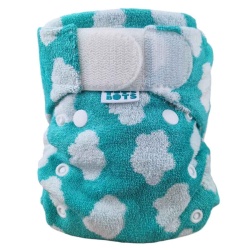

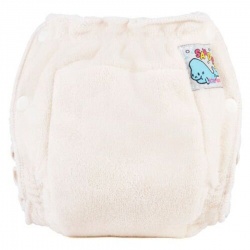
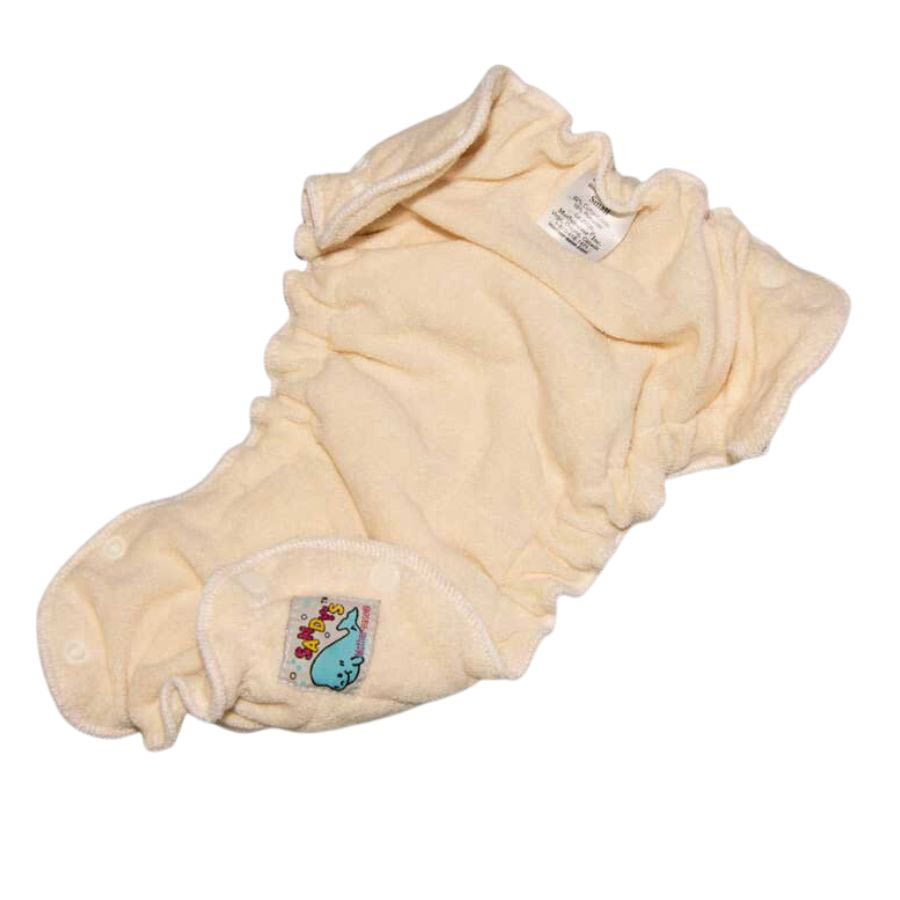
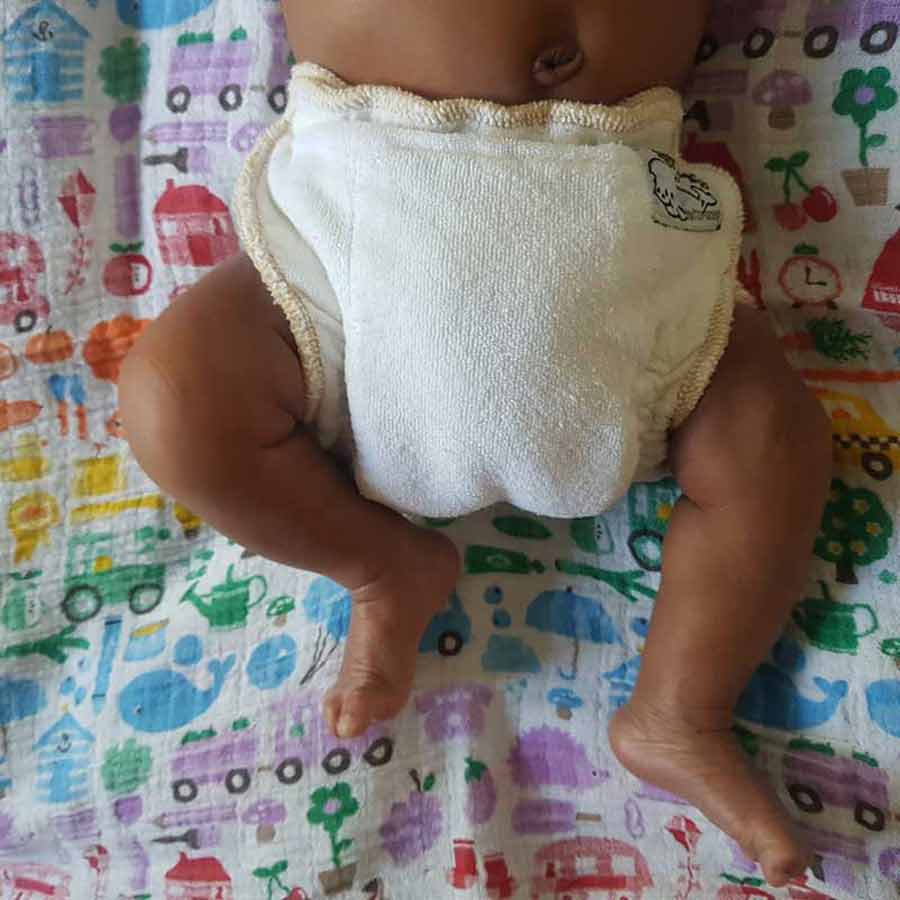
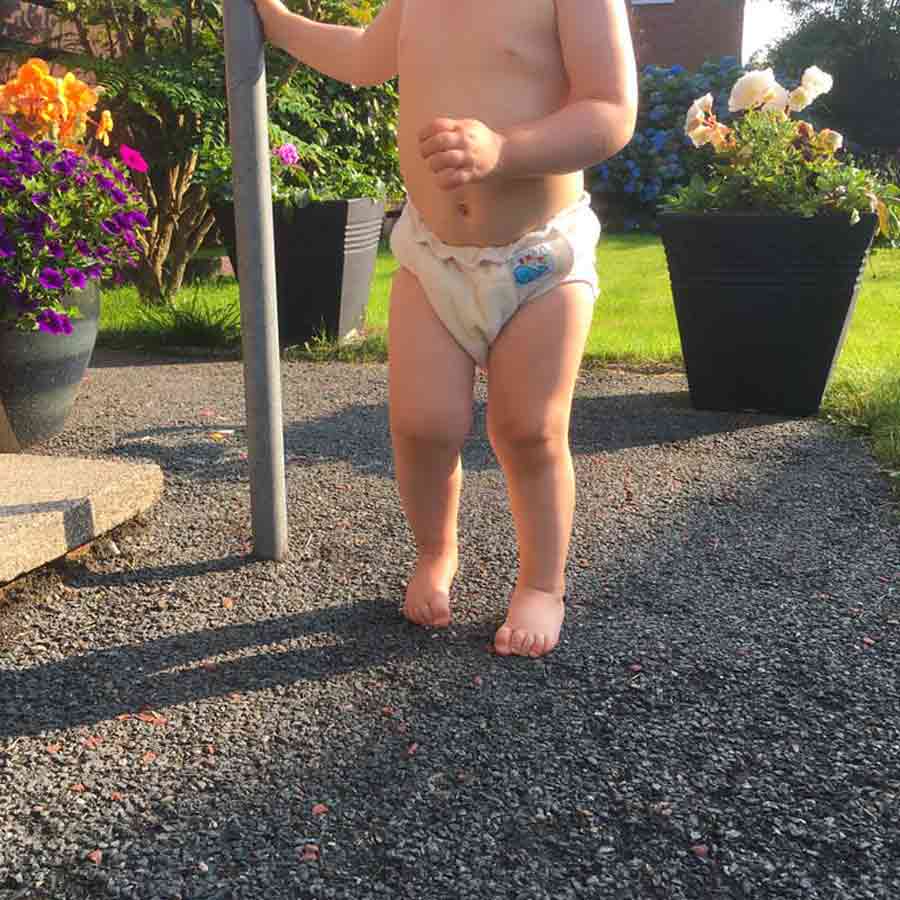
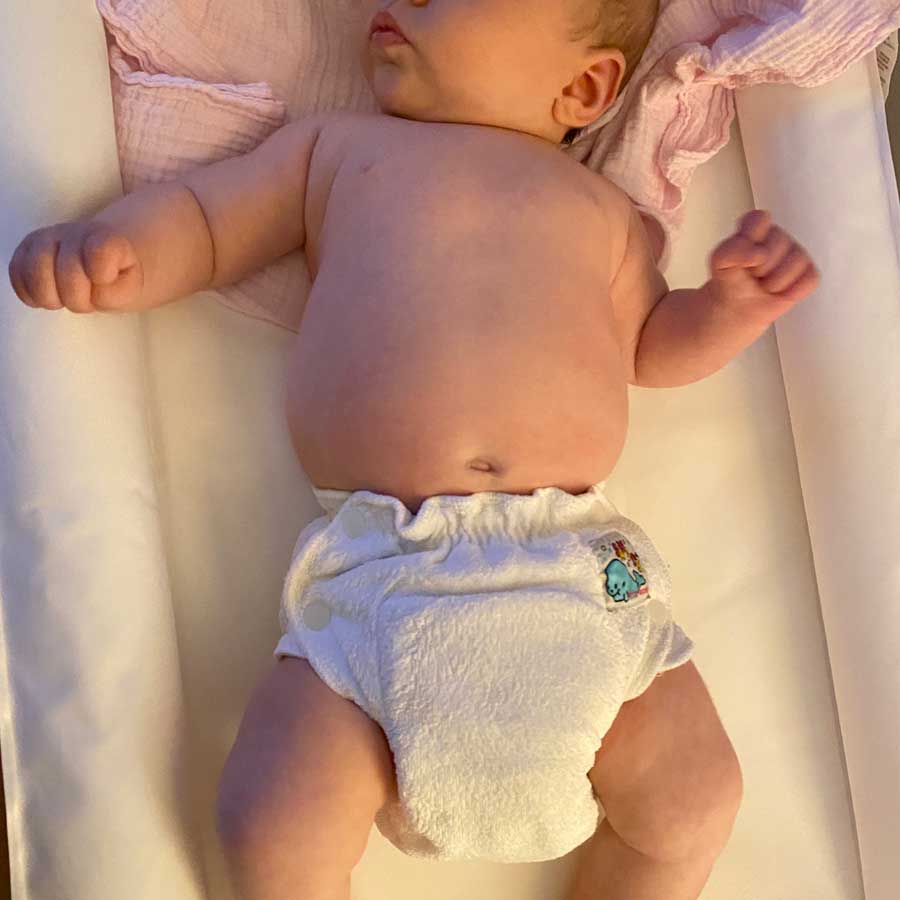
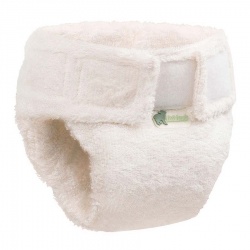
.jpg)
.jpg)
.jpg)

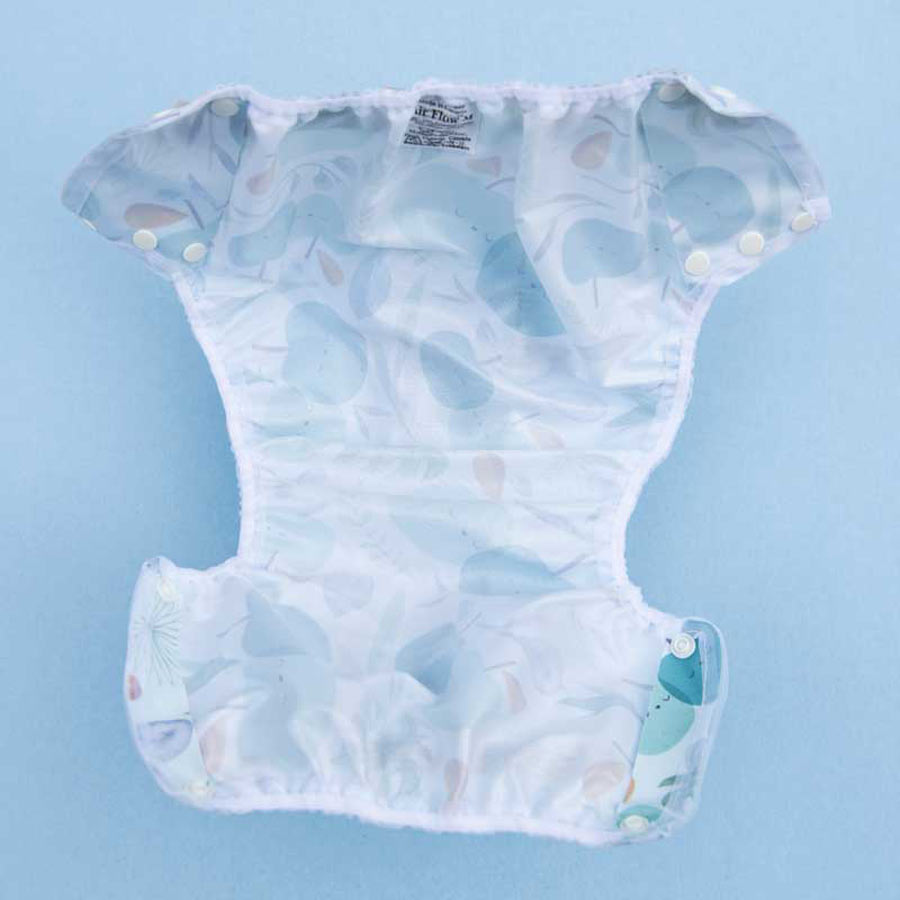
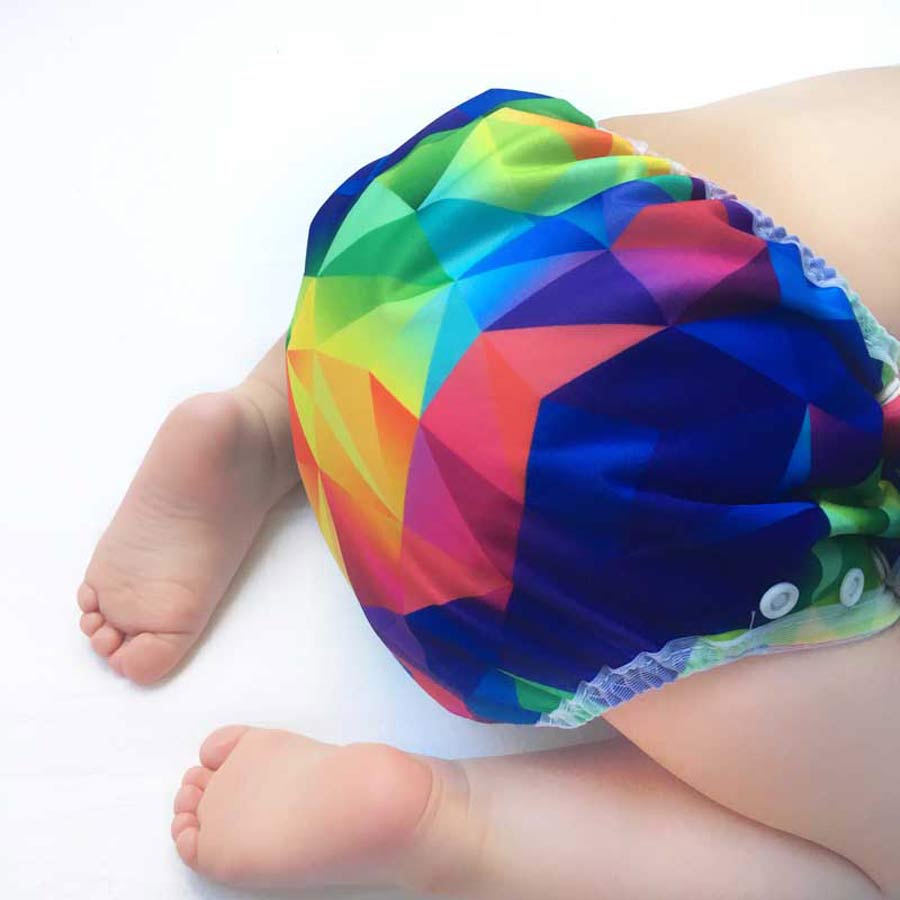
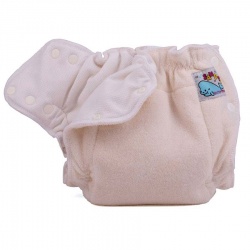
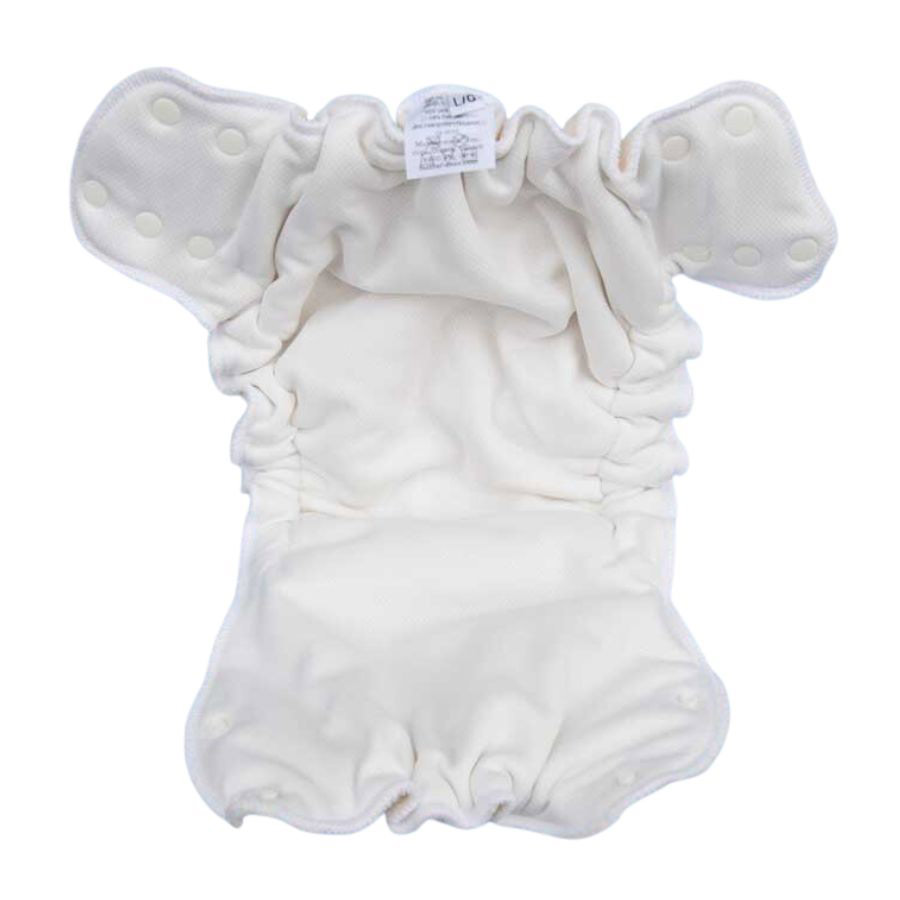
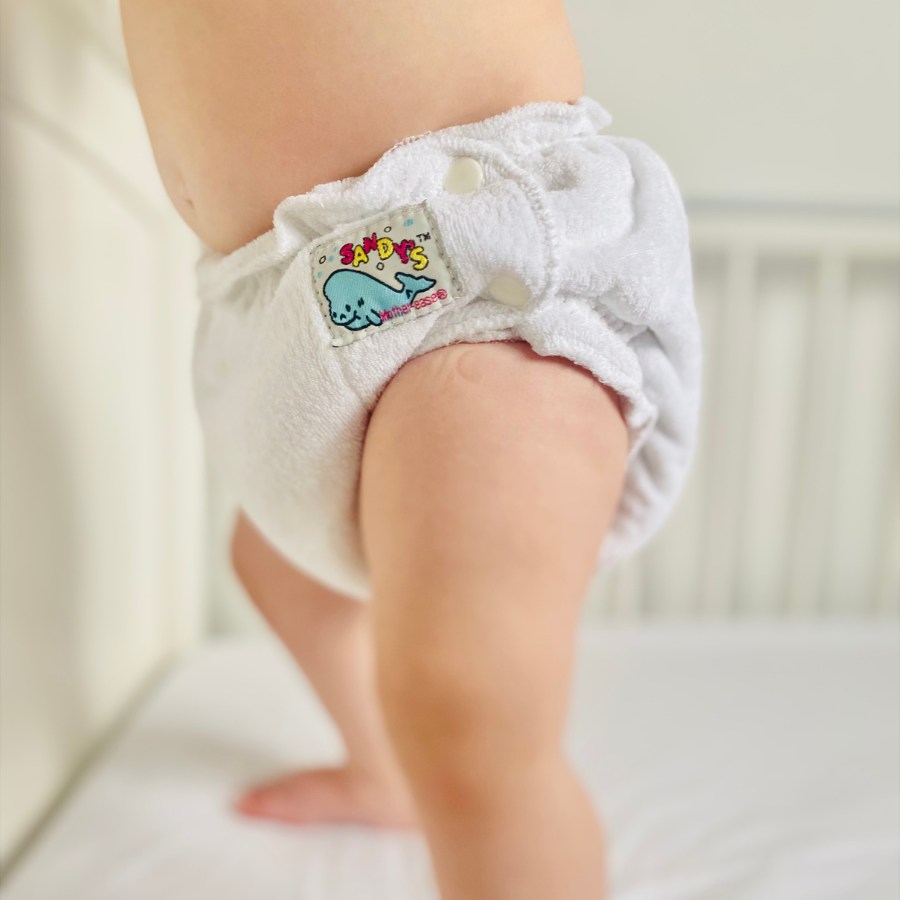
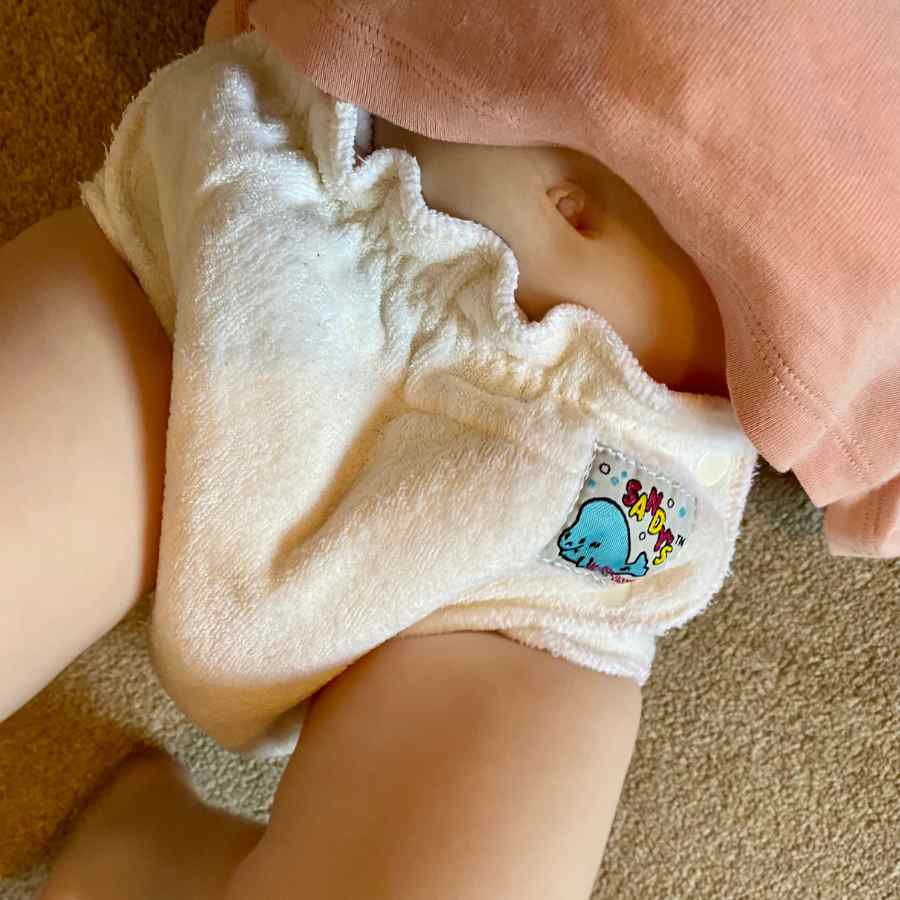
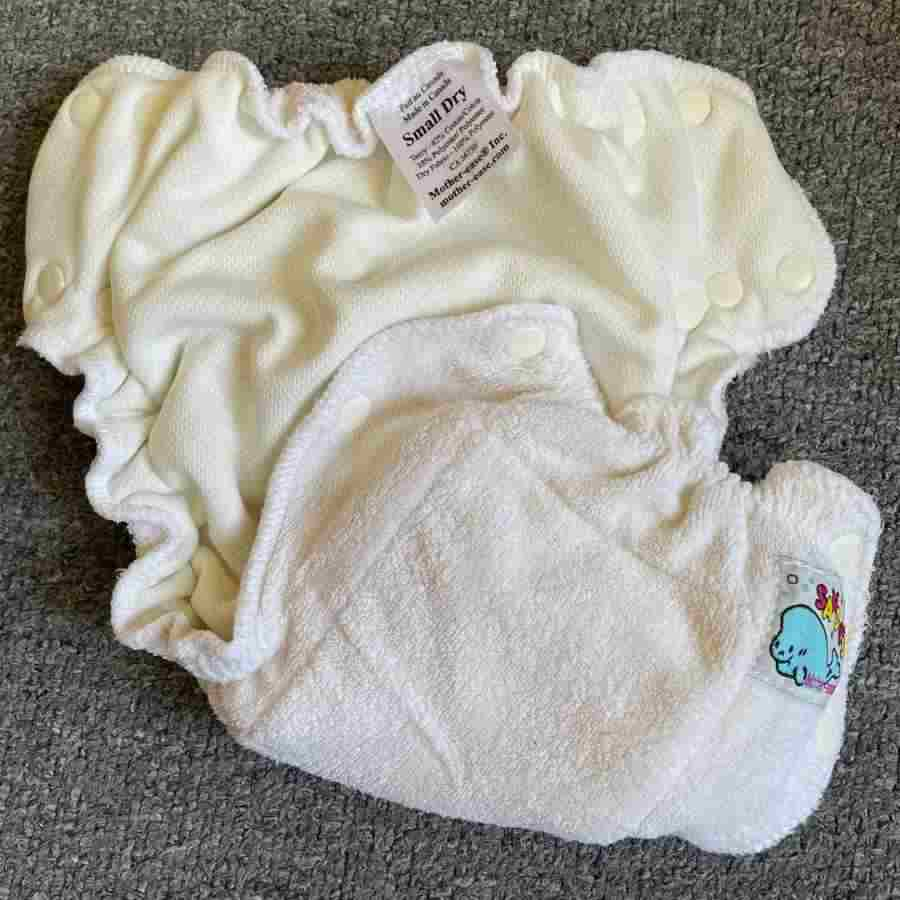
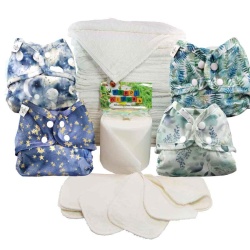
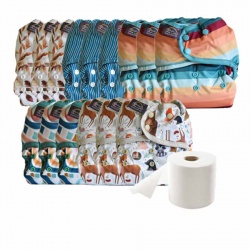
.jpg)
.jpg)
.jpg)
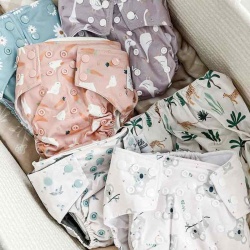
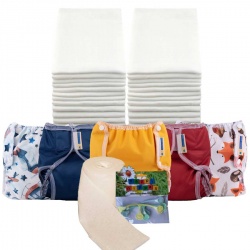
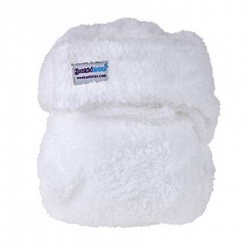
.jpg)
.jpg)
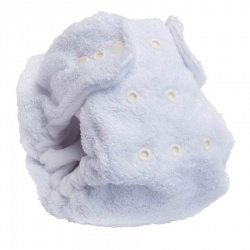
.jpg)
.jpg)
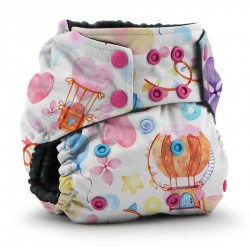
.jpg)
.jpg)
.jpg)
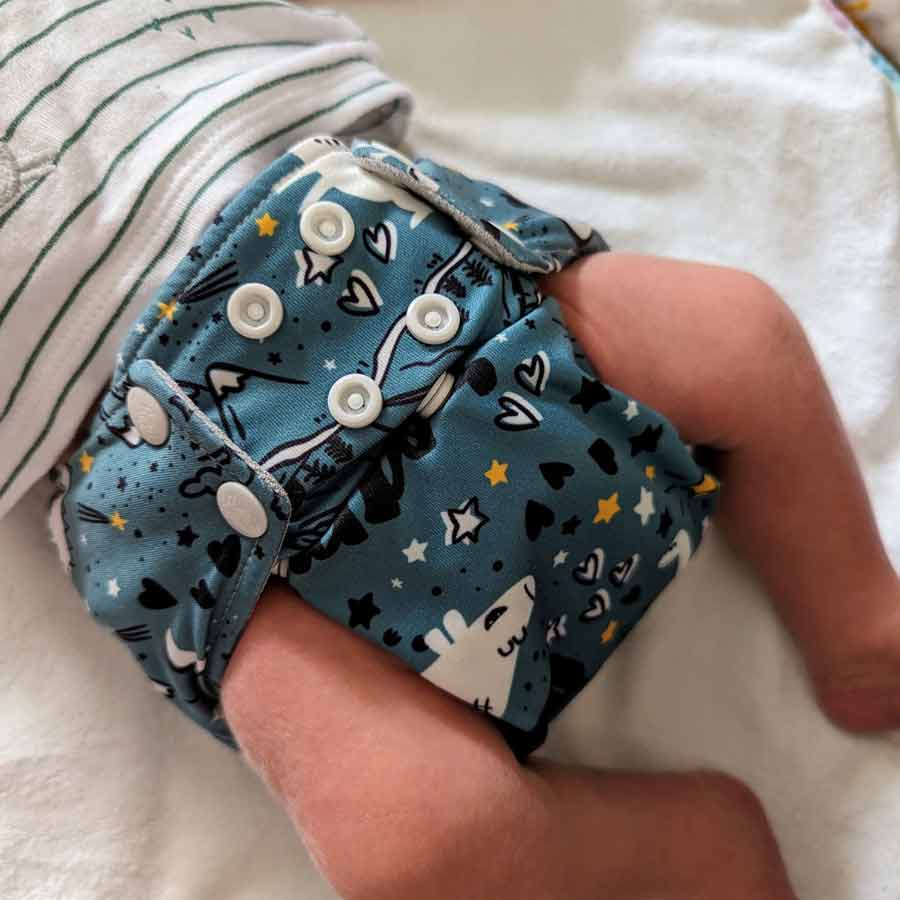
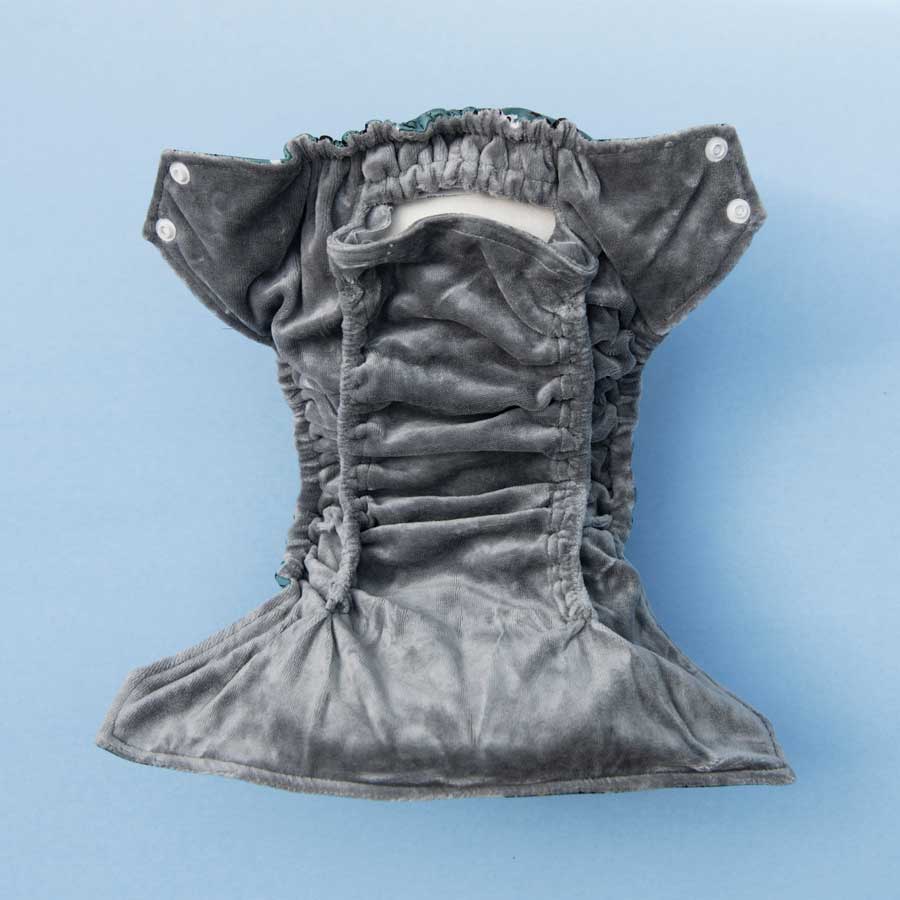
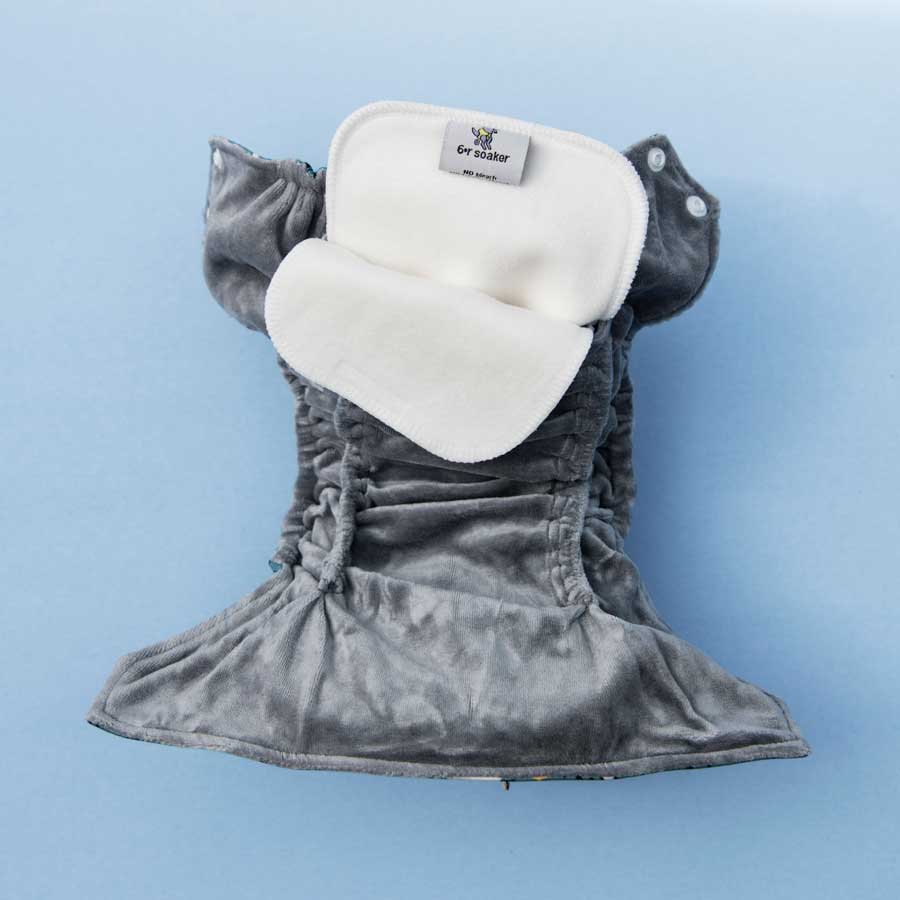
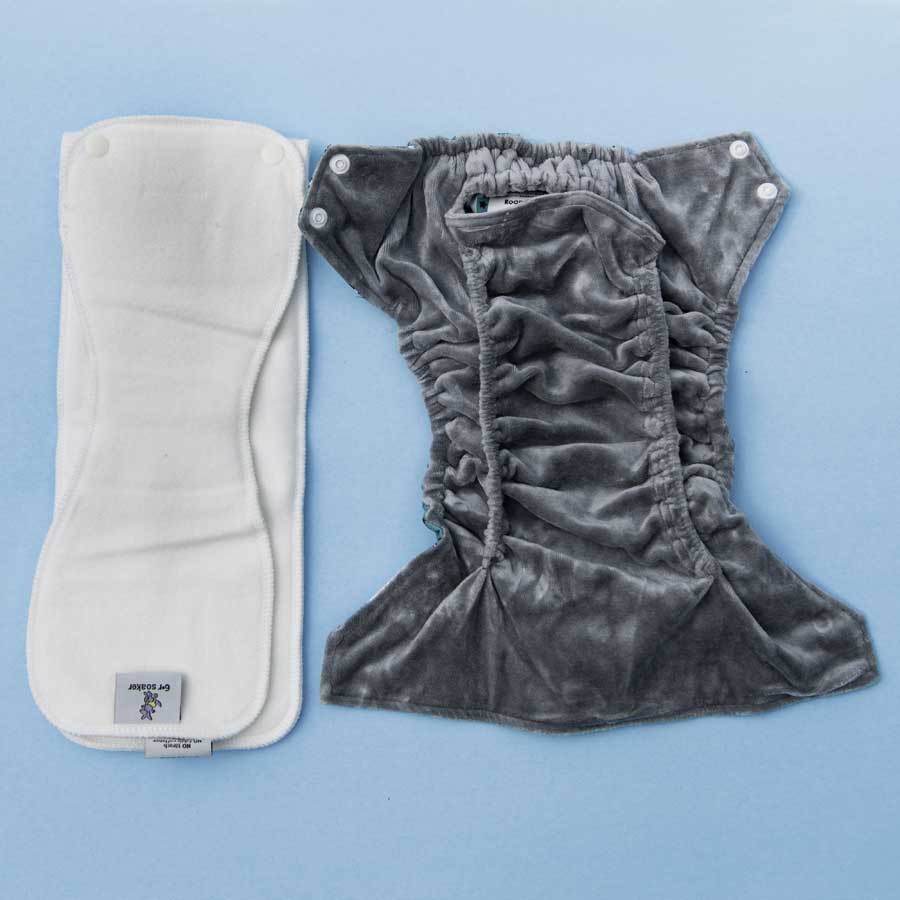
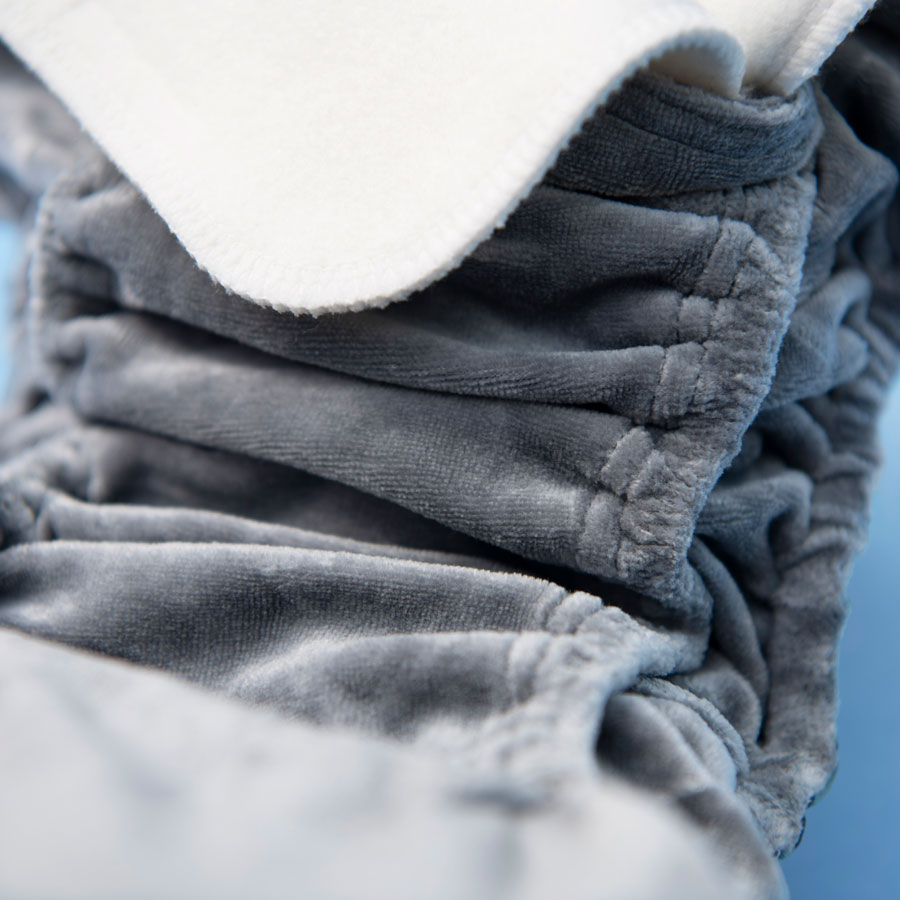
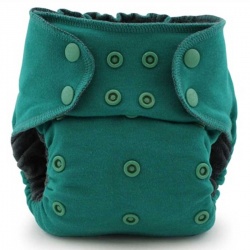
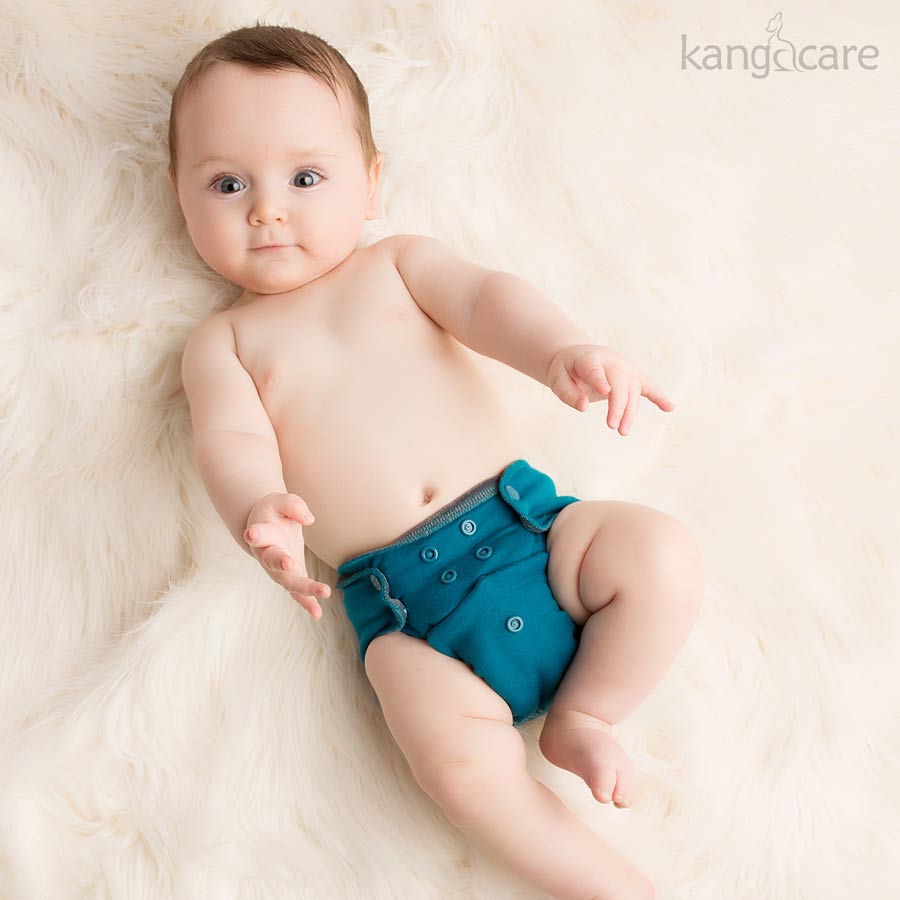
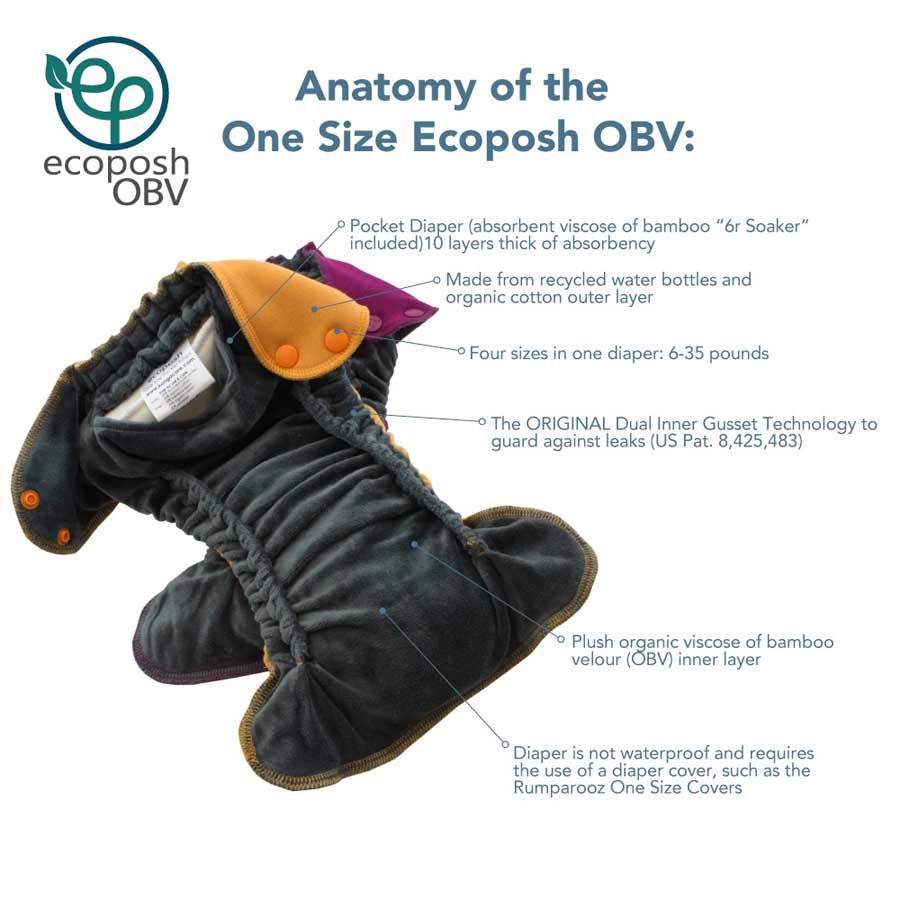
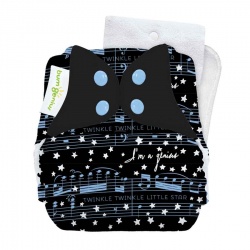

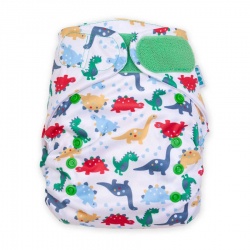
.jpg)
.jpg)
.jpg)
.jpg)
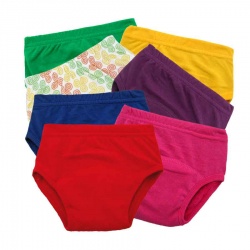
.jpg)

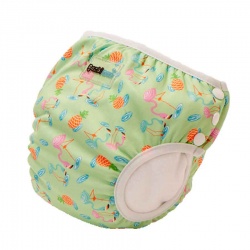
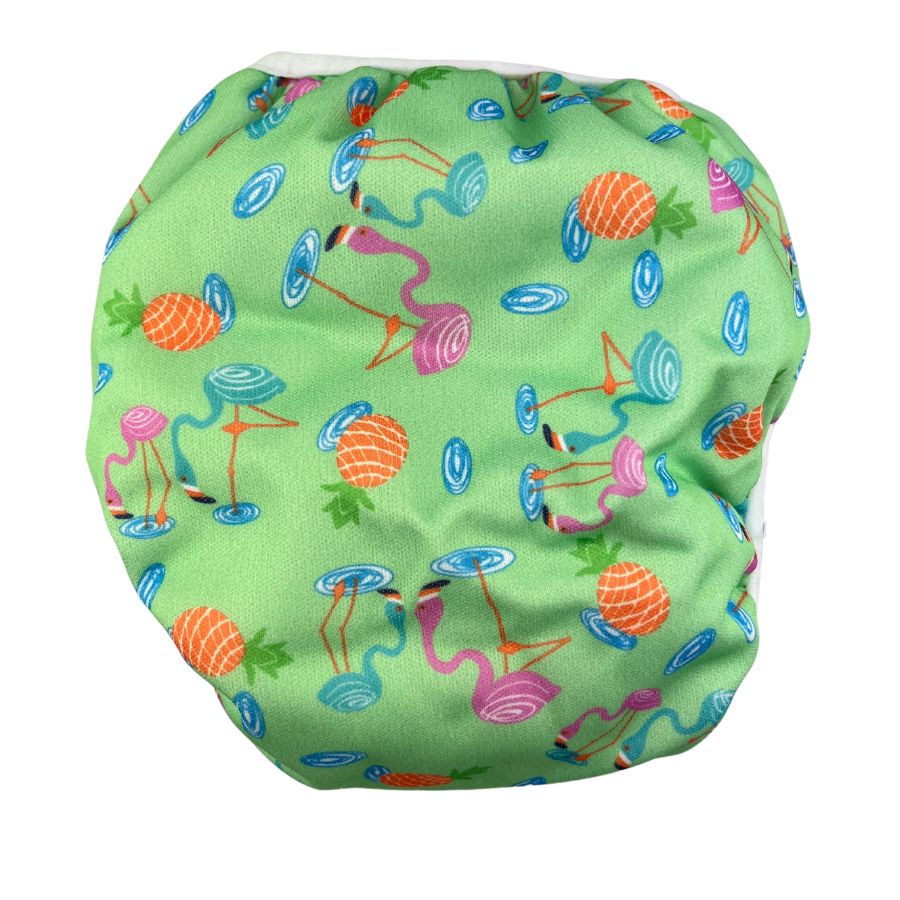
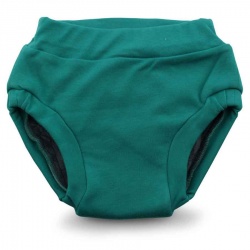
.jpg)
.jpg)
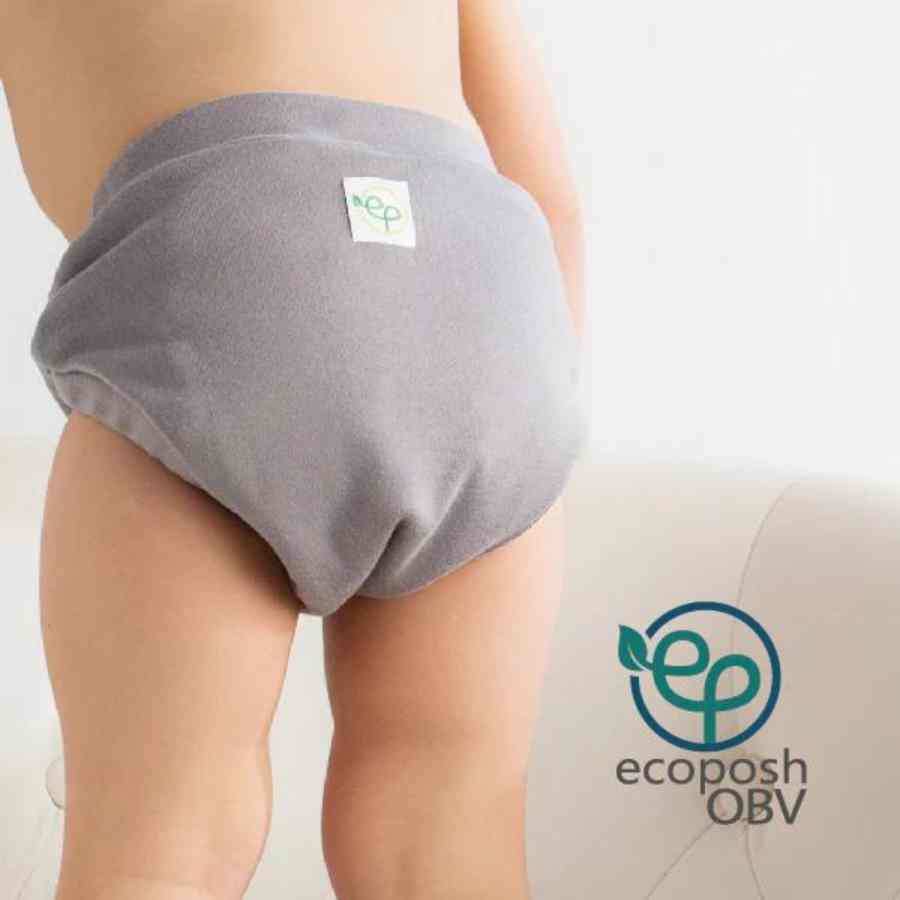
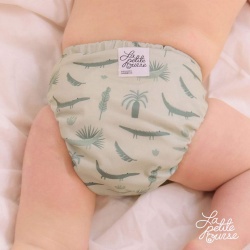

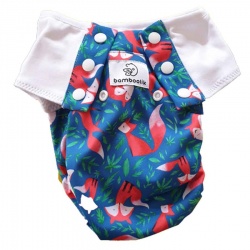
.jpg)
.jpg)
.jpg)
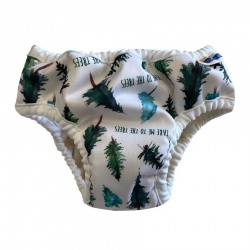
.jpg)
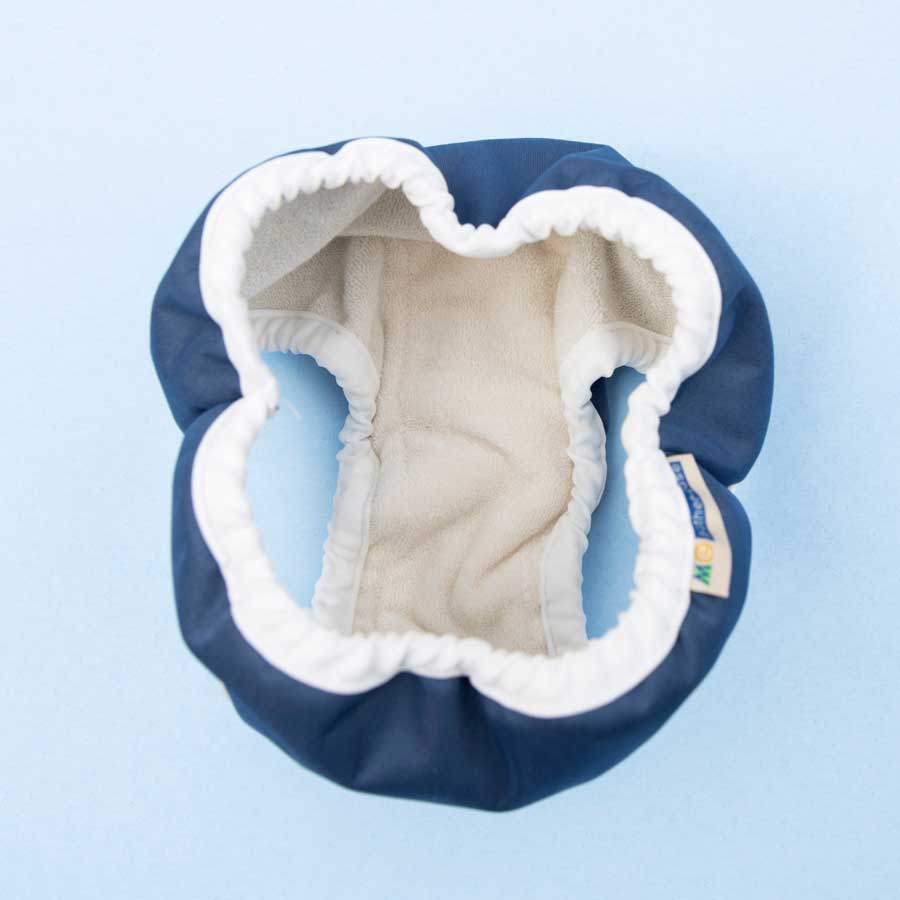
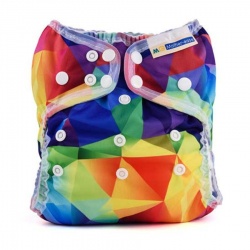
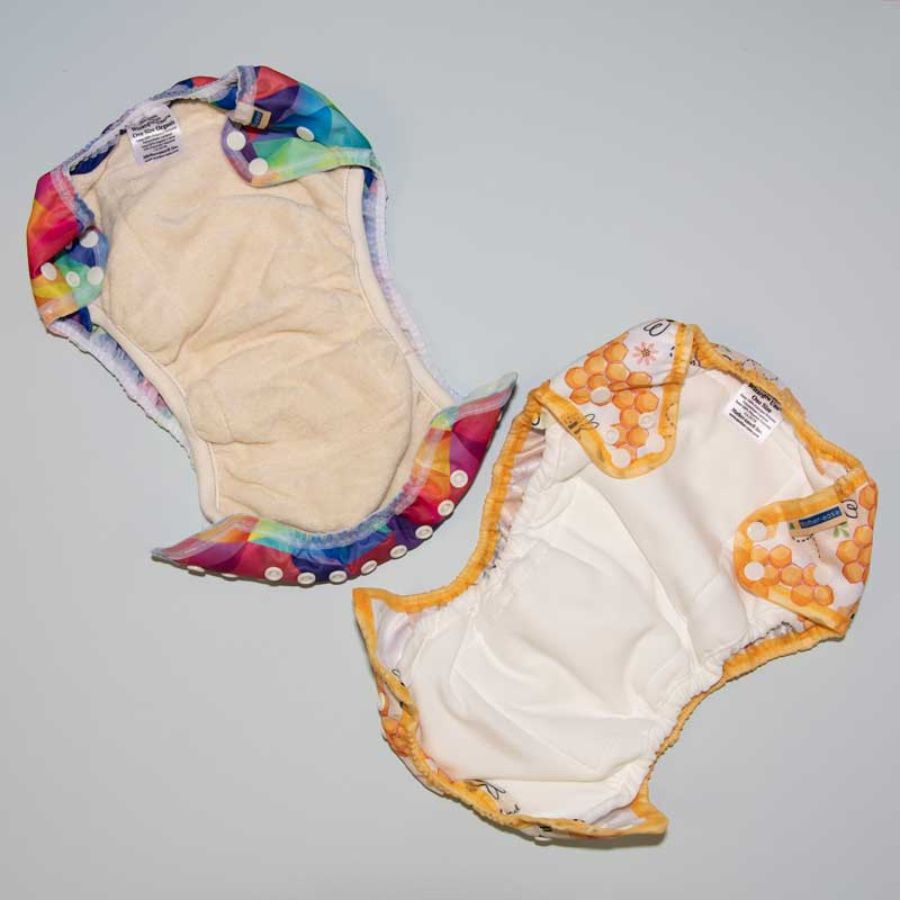
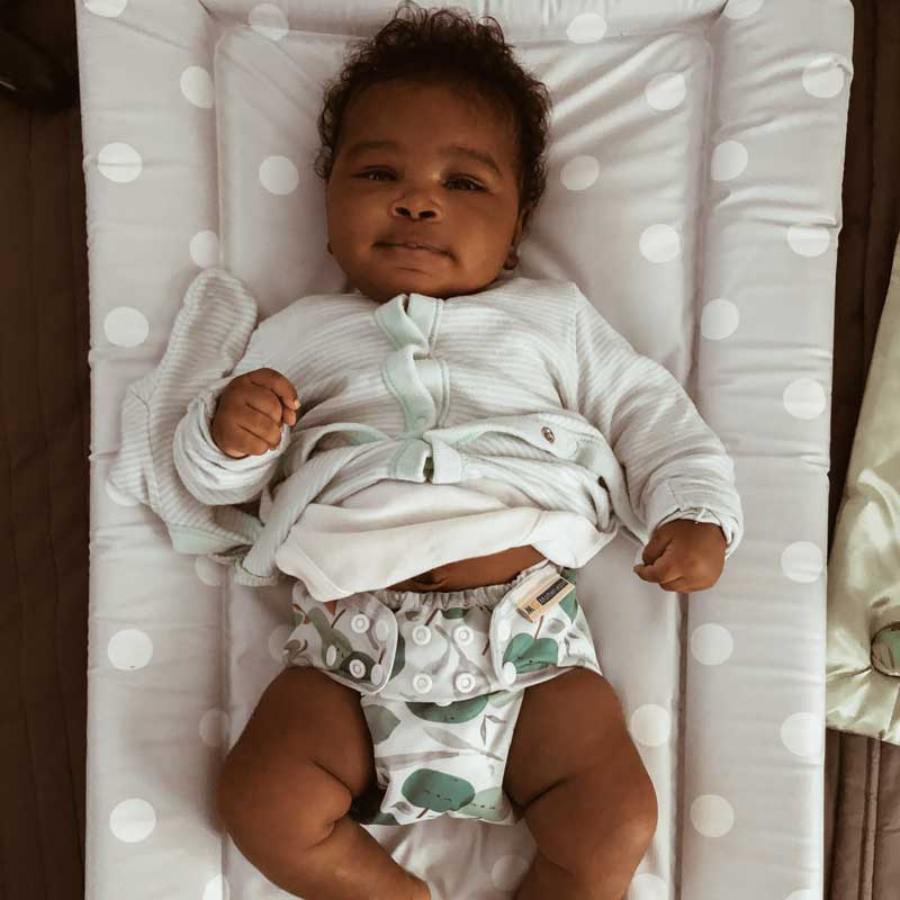
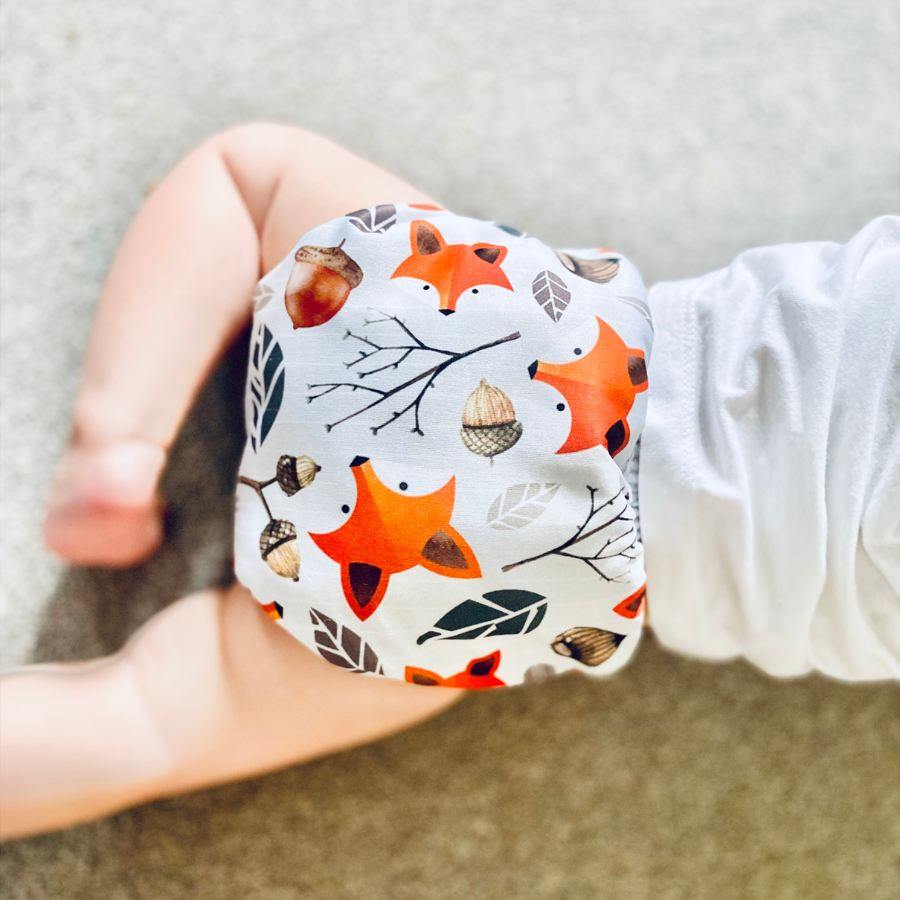
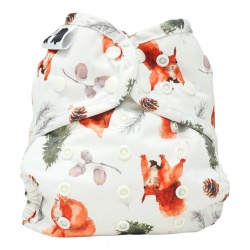
.jpg)
.jpg)
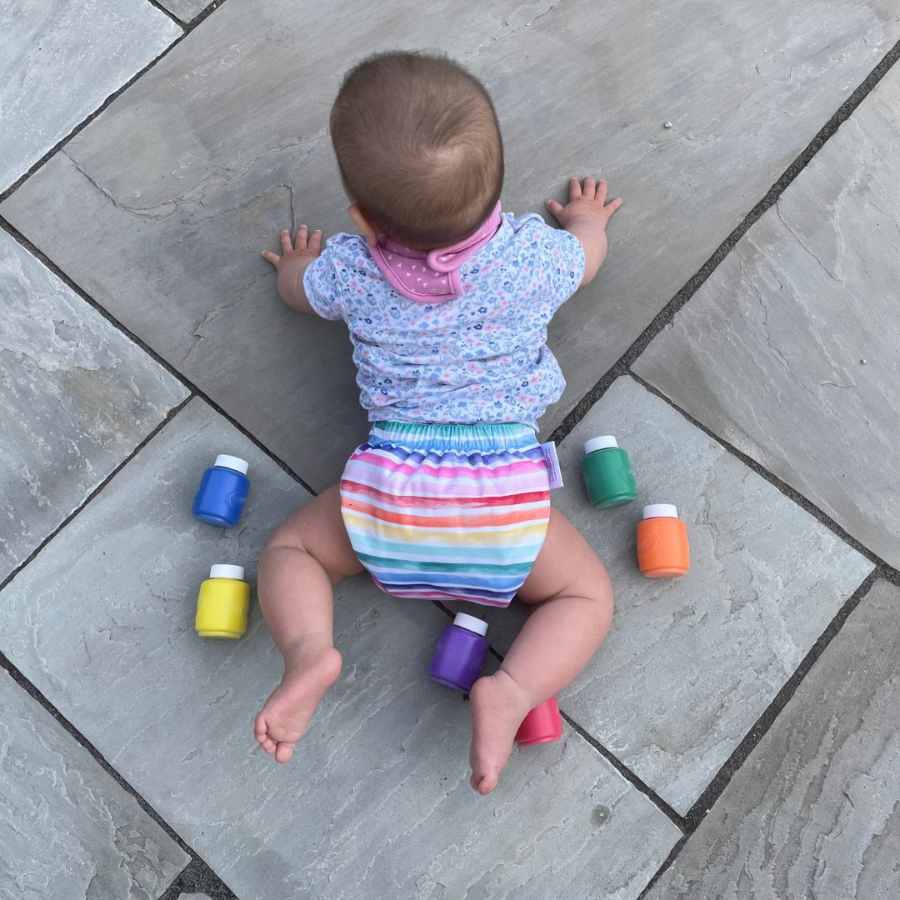
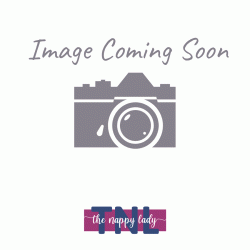
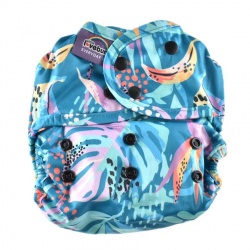
.jpg)
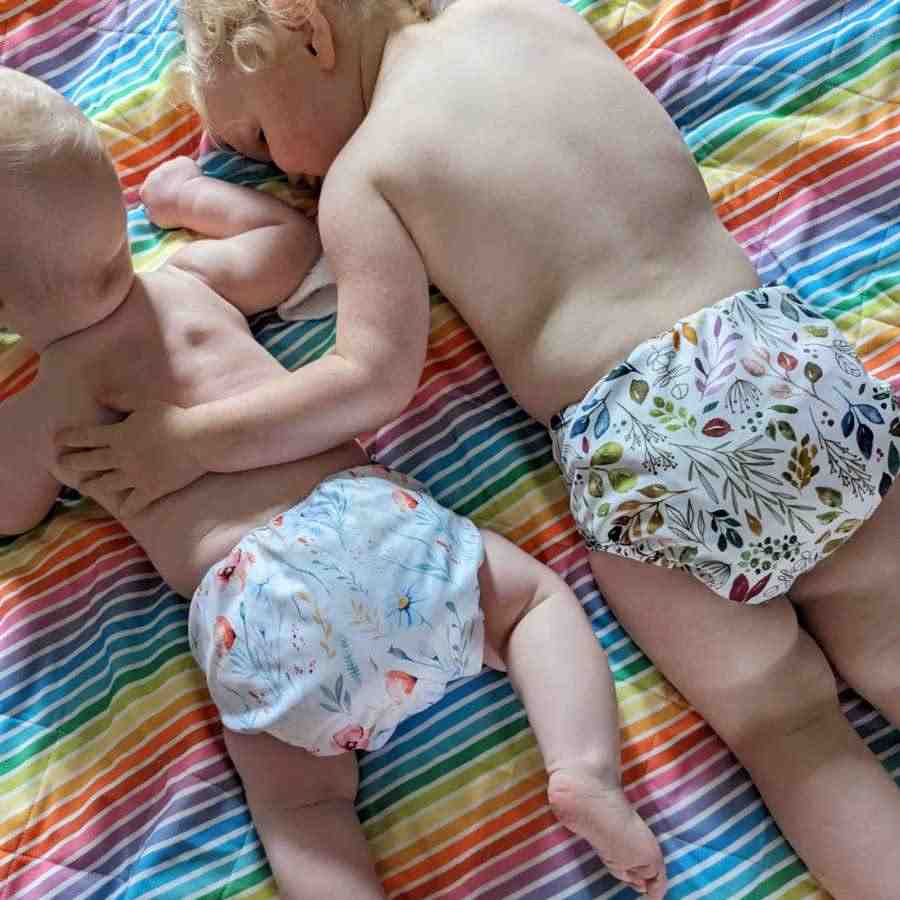
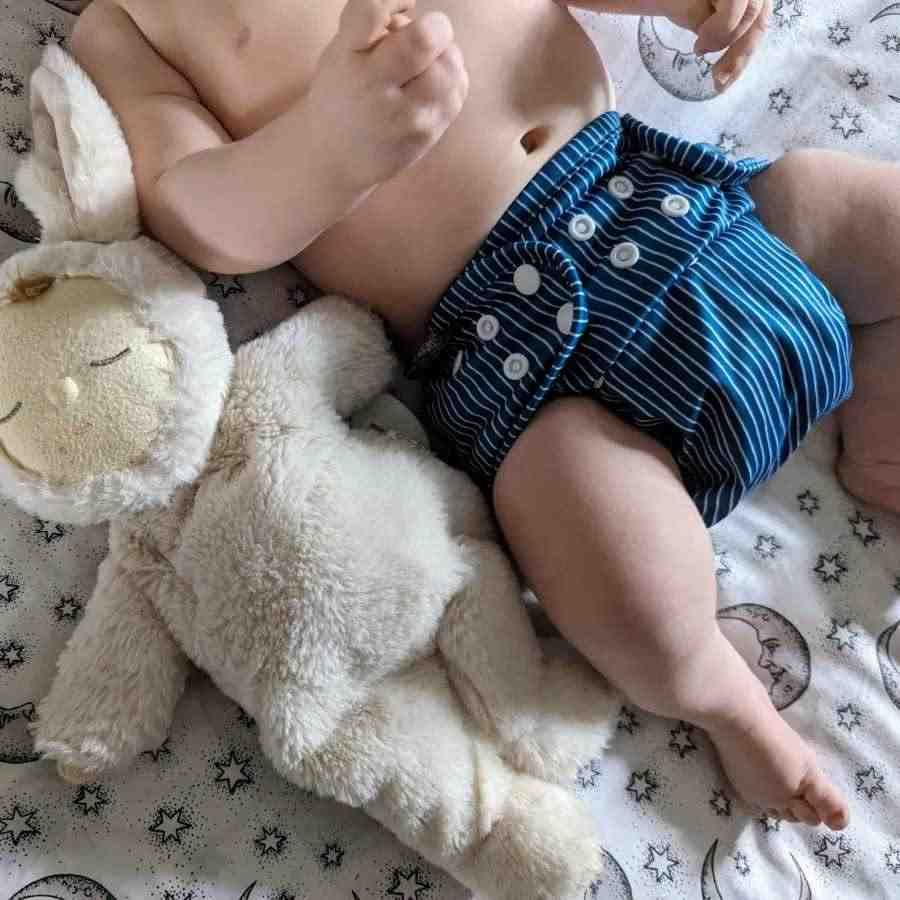
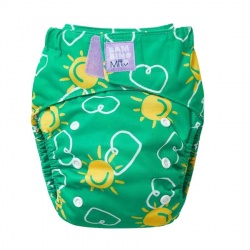
.jpg)
.jpg)
.jpg)
.jpg)
.jpg)
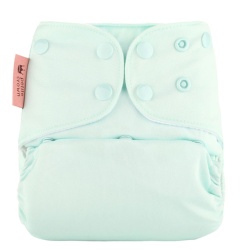
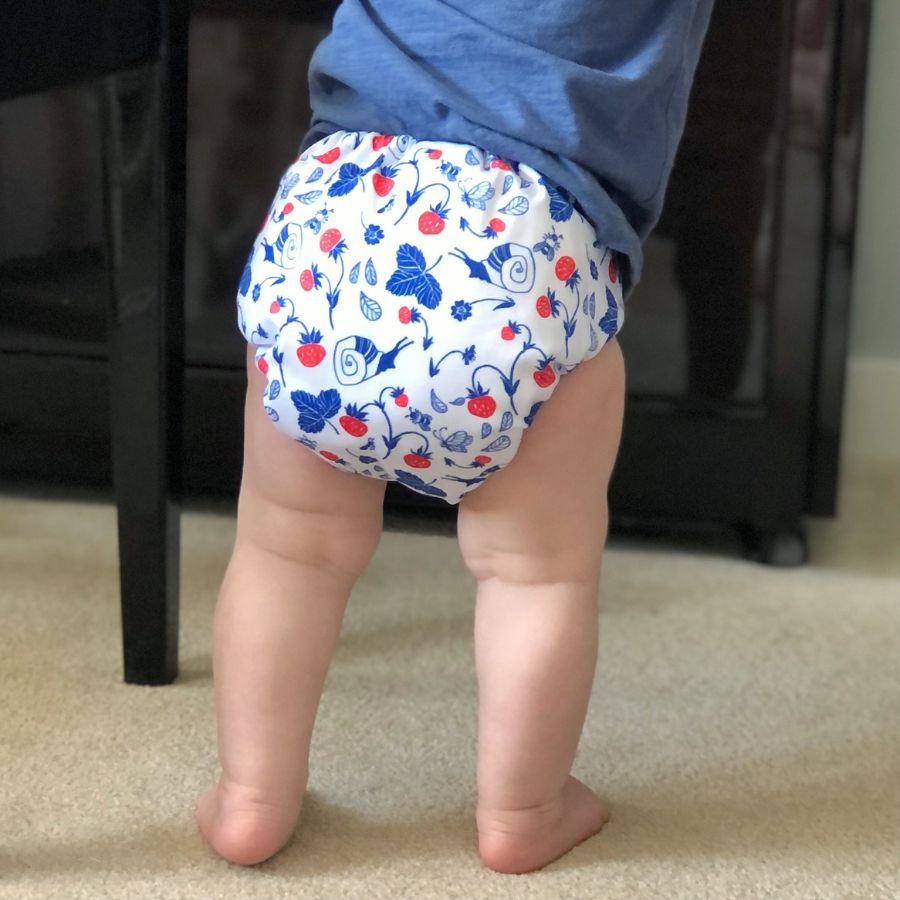
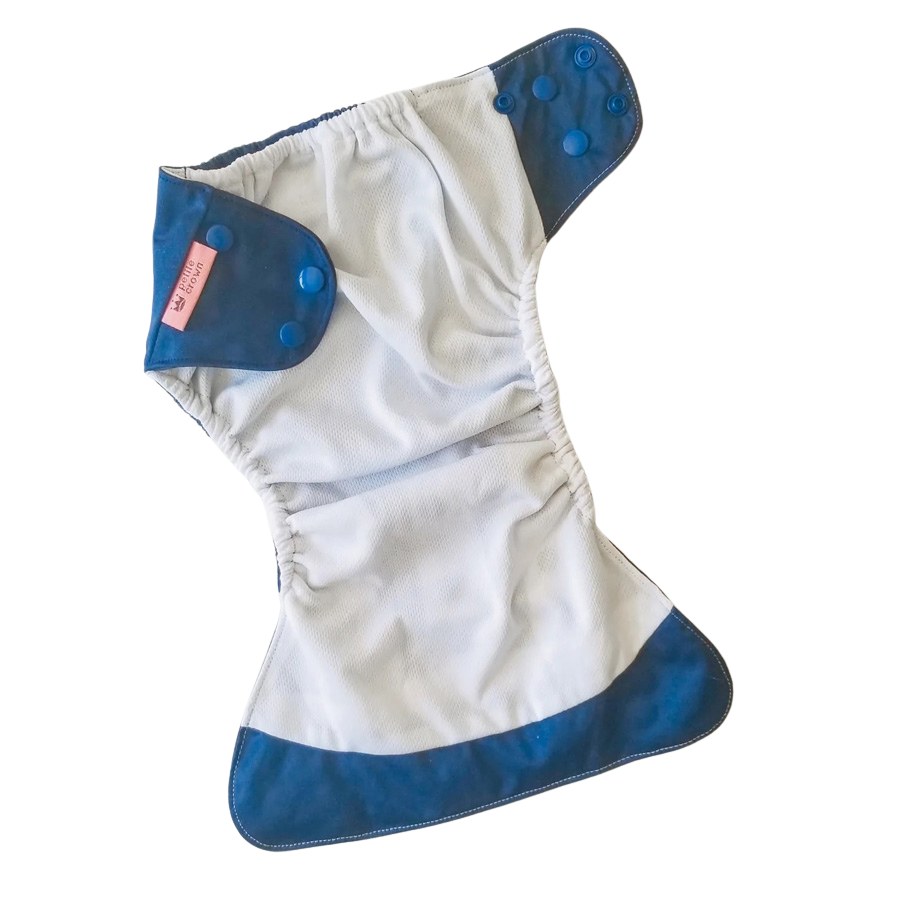

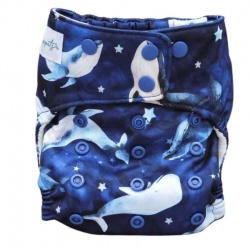
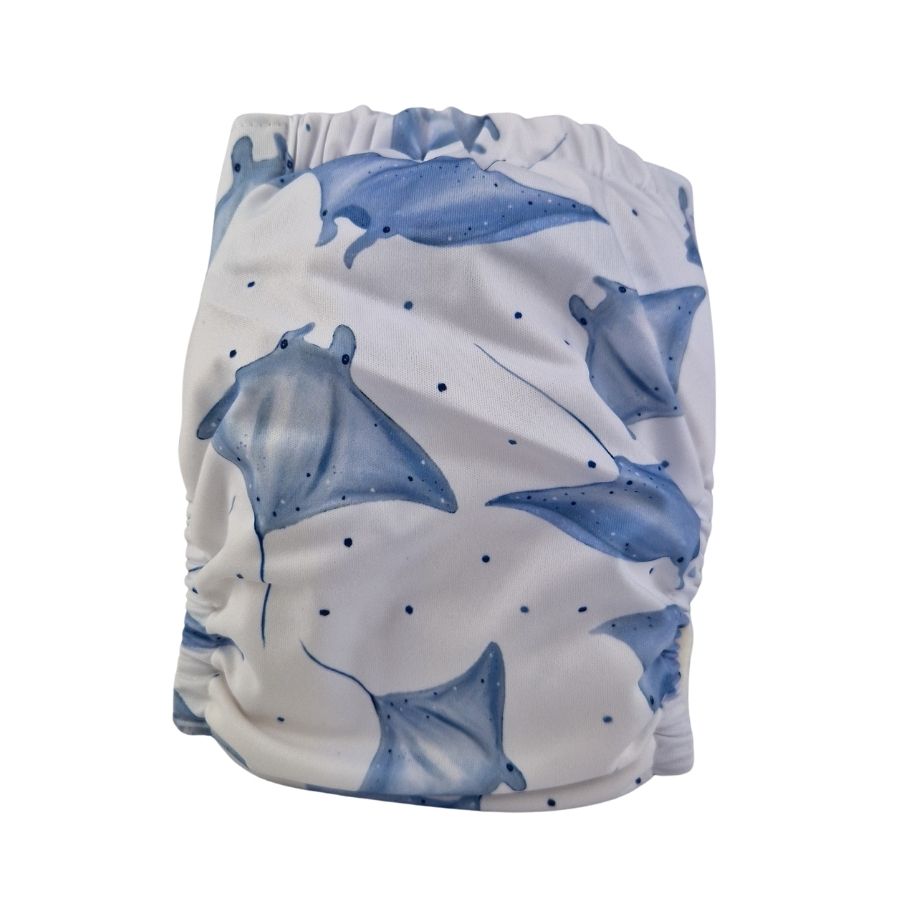
.jpg)
.jpg)
